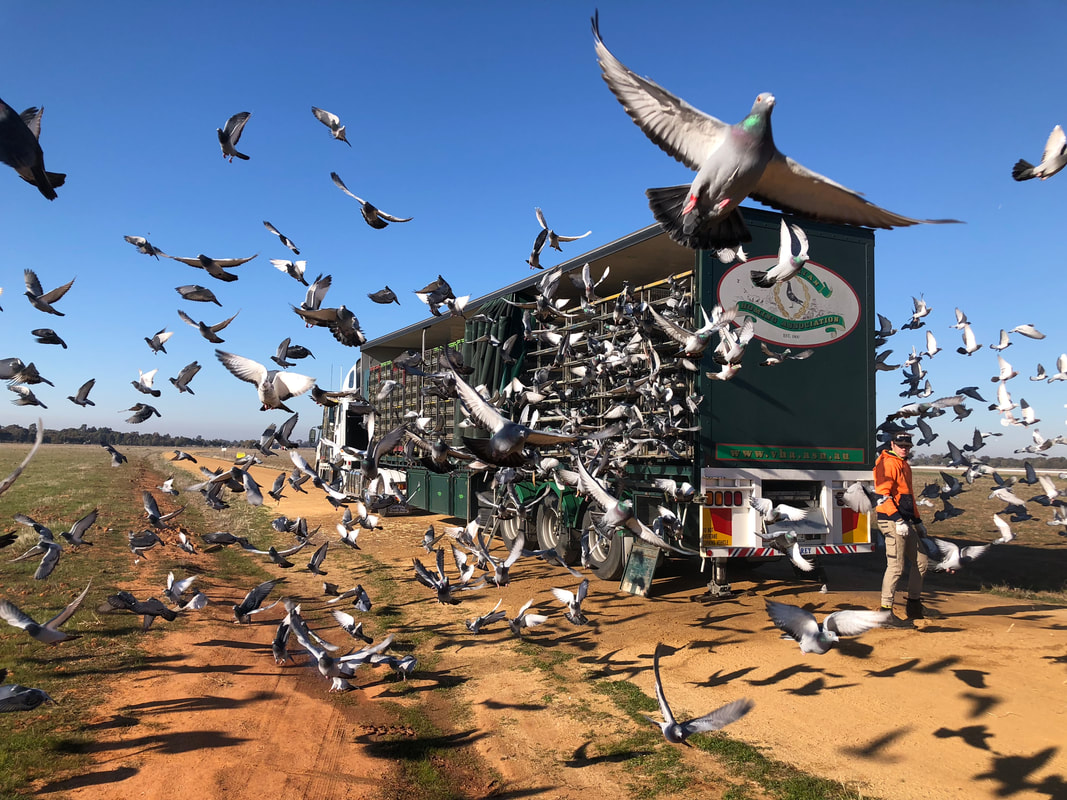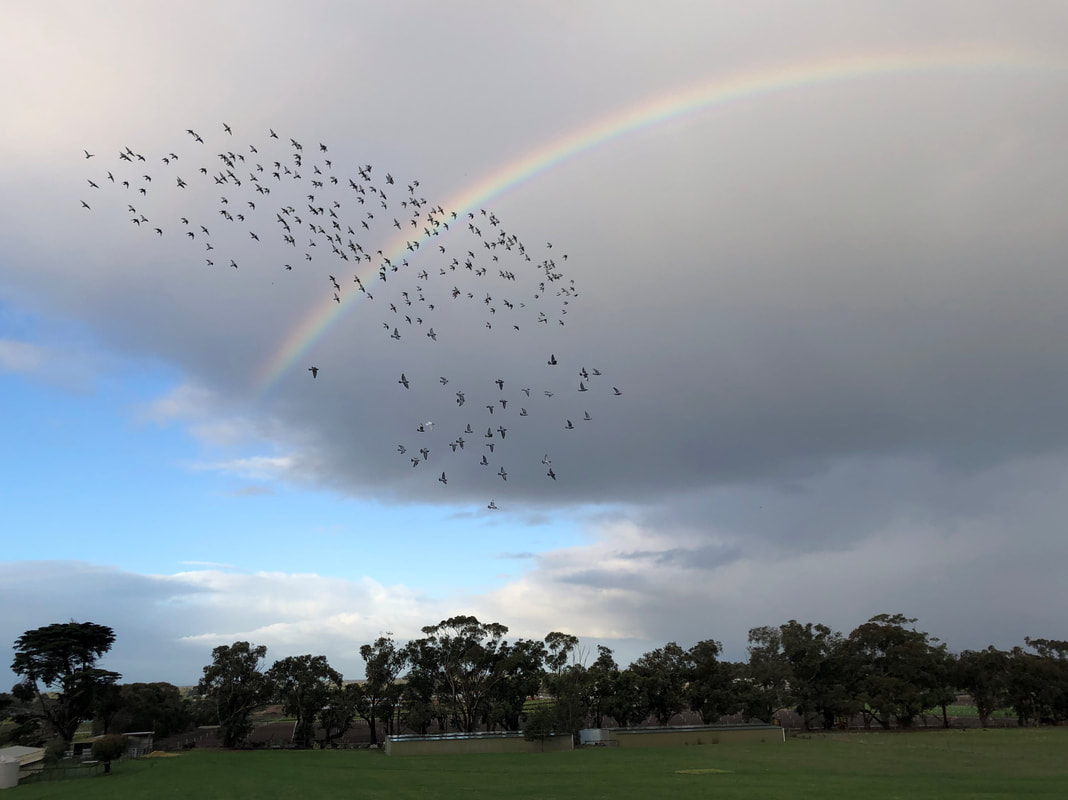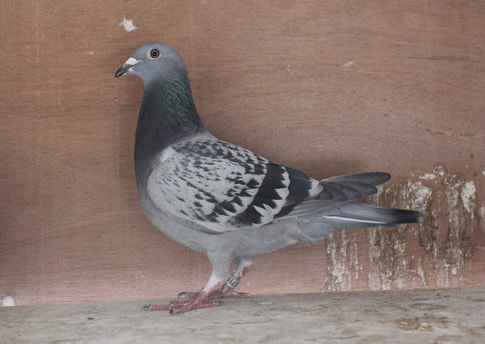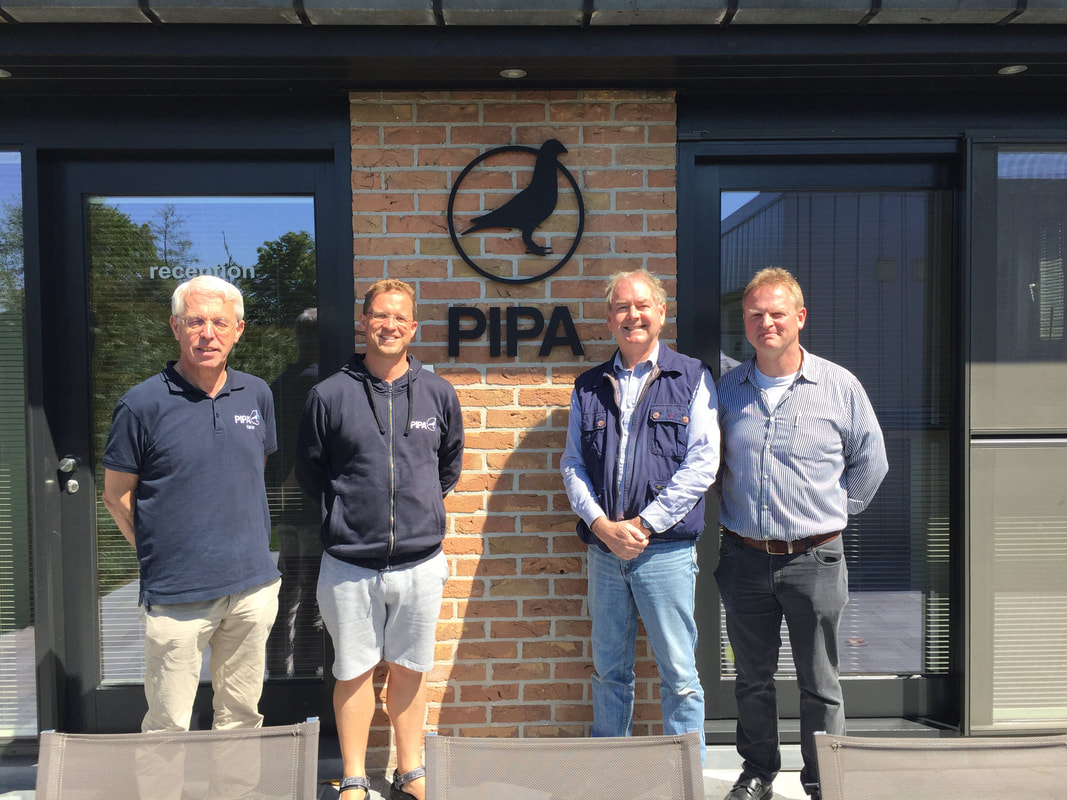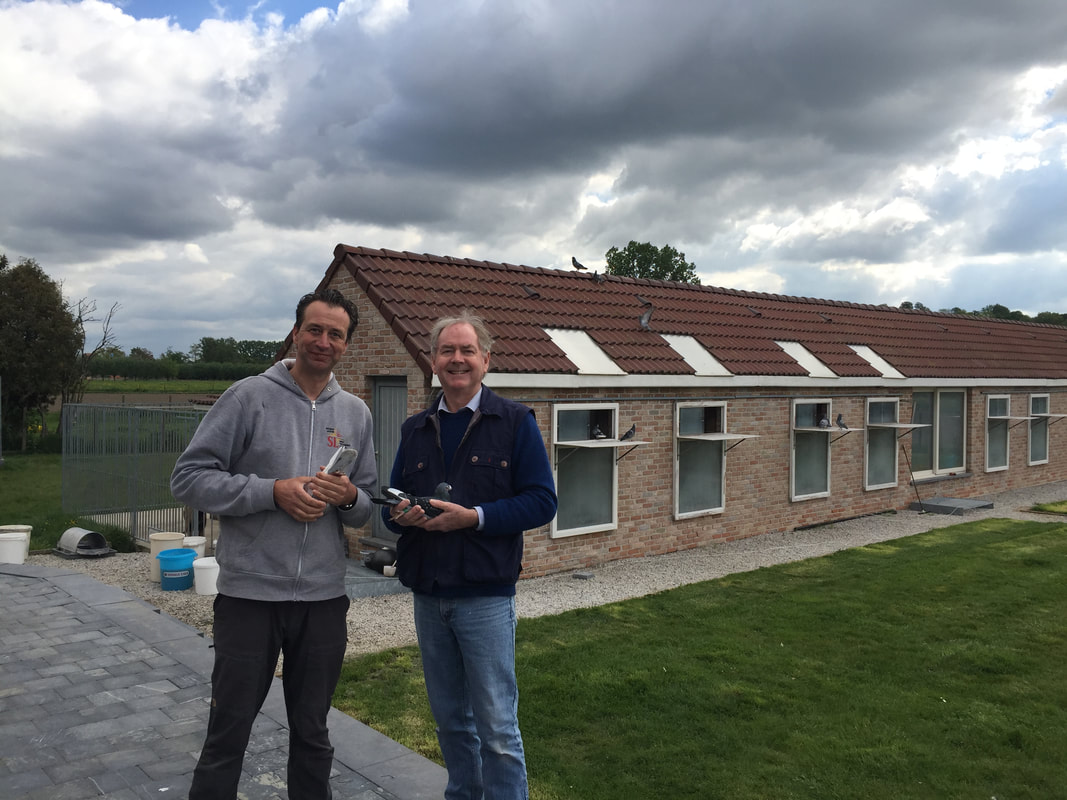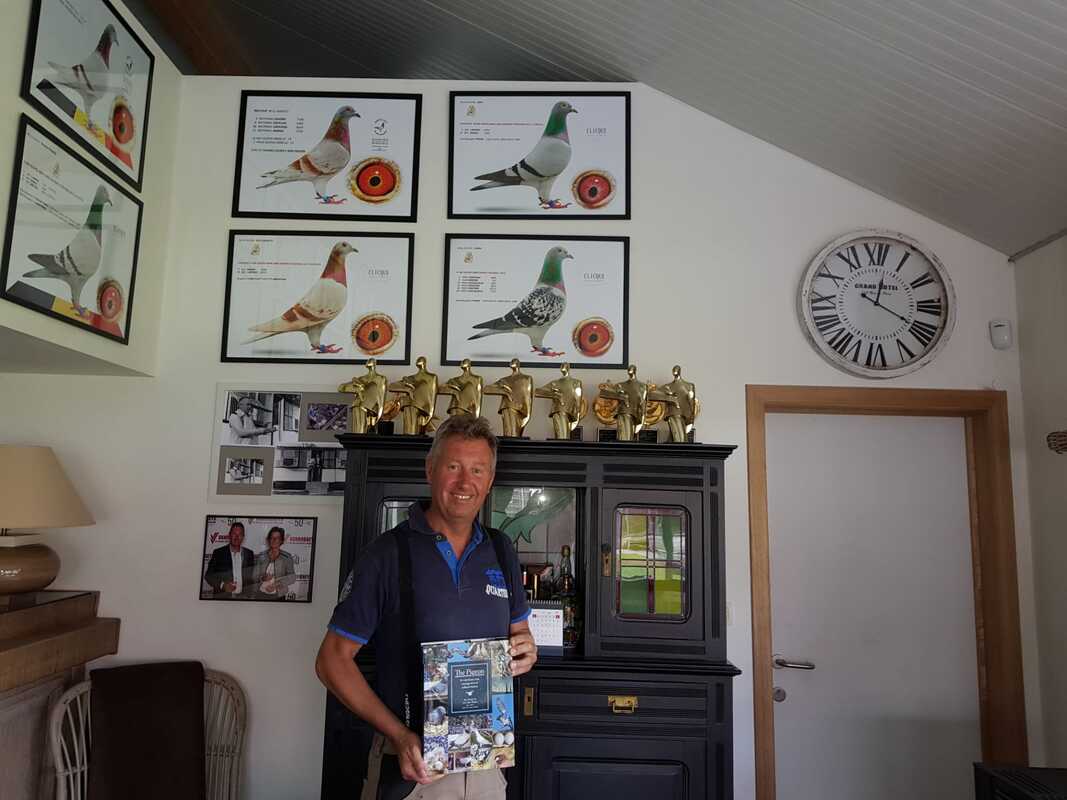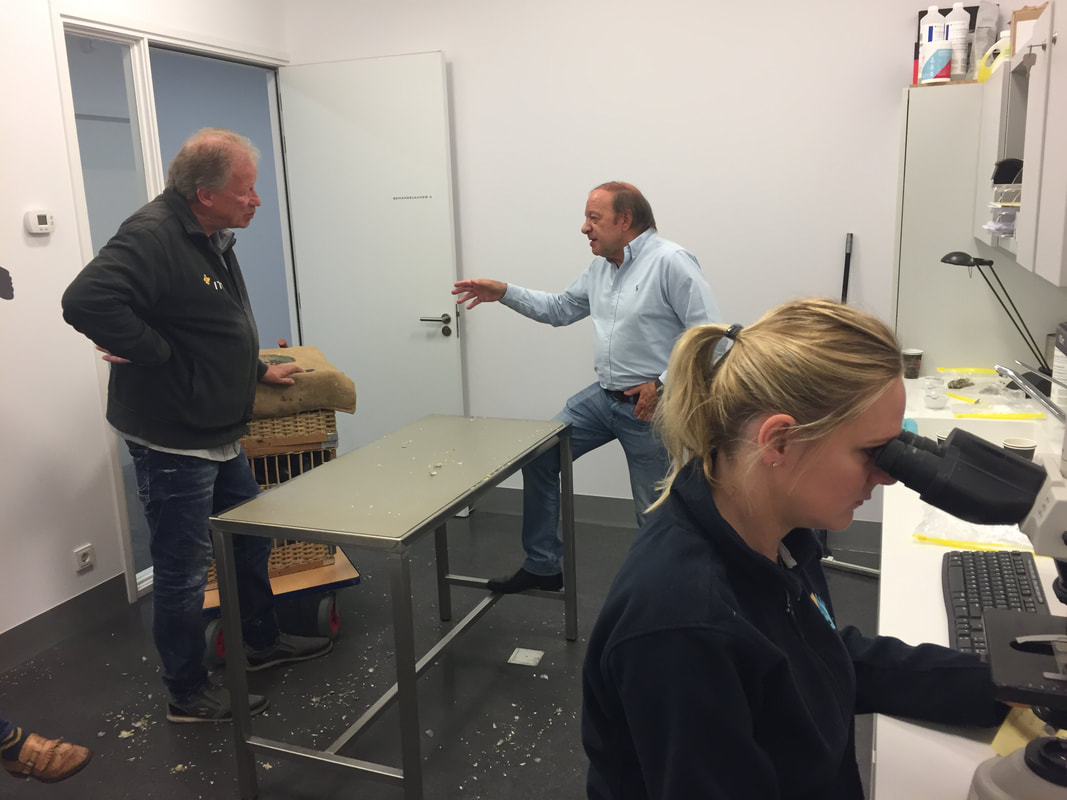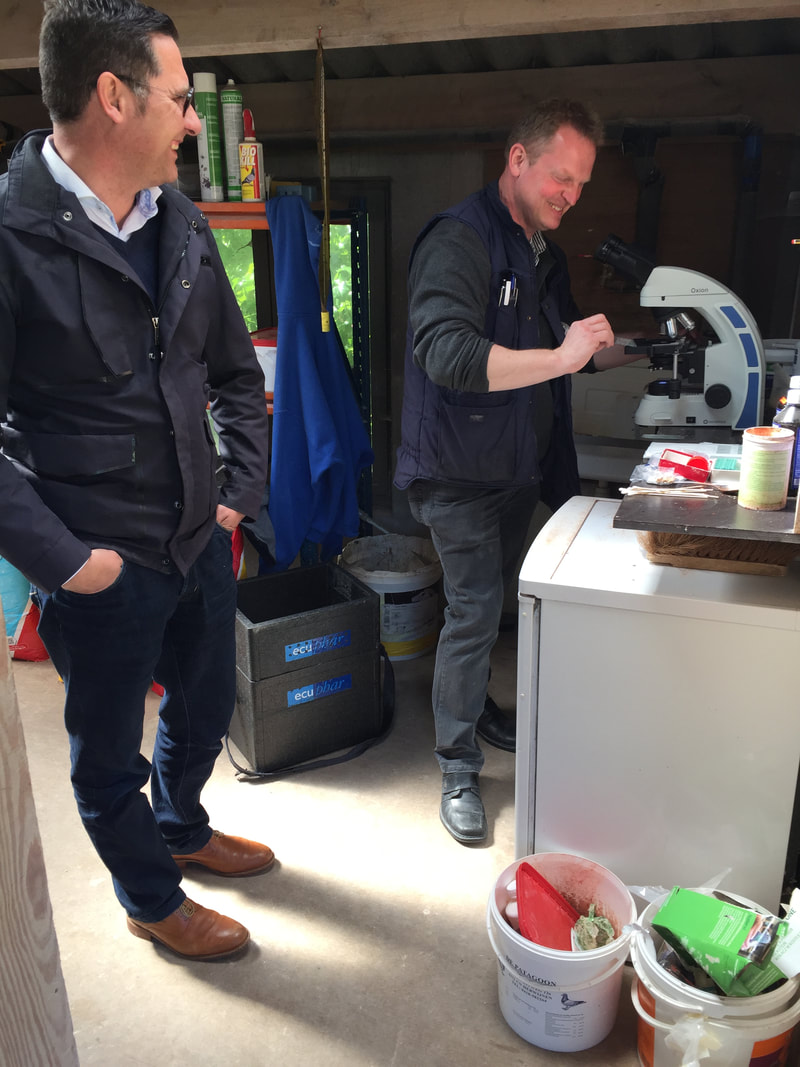Dr Colin Walker
The Australian Pigeon Company is the supplier of premium, scientifically formulated pigeon products. The company provides a range of pigeon nutritional supplements and medications designed to help fanciers maintain the health of their birds. The combination of substantial experience, technical knowledge and strict adherence to proven veterinary and scientific principles has resulted in a product range that offers discerning fanciers an effective affordable approach to pigeon health.
Pigeon Product orders phone 0450 400 034
Pigeon Product orders phone 0450 400 034
Sections containing veterinary information on the management and treatment of avian diseases and the use of medication require a password. To obtain a password please email or phone
Email vet@auspigeonco.com.au
Phone 0450 400 034
Thank you.
Email vet@auspigeonco.com.au
Phone 0450 400 034
Thank you.
|
A recent Victorian Champion VHA 18 5711 BCH One of the best pigeons raced in the VHA in 2018 Bred and raced by John Van Beers, VHA, Melbourne. A “could have been” double Fed winner. Landed with 1st Fed Mildura , 26th October, 512km, 1500 birds, 1396 mpm and then 2 weeks later landed with 1st Federation, Carrieton, 874 km, 900 birds, 1306 mpm, clocked 6.06 pm after 11 hours and 9 minutes on the wing. The father is bred from two VHA birds of the year. The mother is a half- sister to another VHA bird of the year. What a pigeon! |
Race results for the open 700 mile race available here
The APC - Your partner in pigeon health
|
Contact:
Phone: 0450 400 034 Email: [email protected] Warehouse: 6/6 Holloway Drive, Bayswater, VIC, 3153 |
Hours:
Phone: Monday - Friday 9am-5pm Warehouse: Monday-Thursday 10am-2pm (excluding public holidays) |
